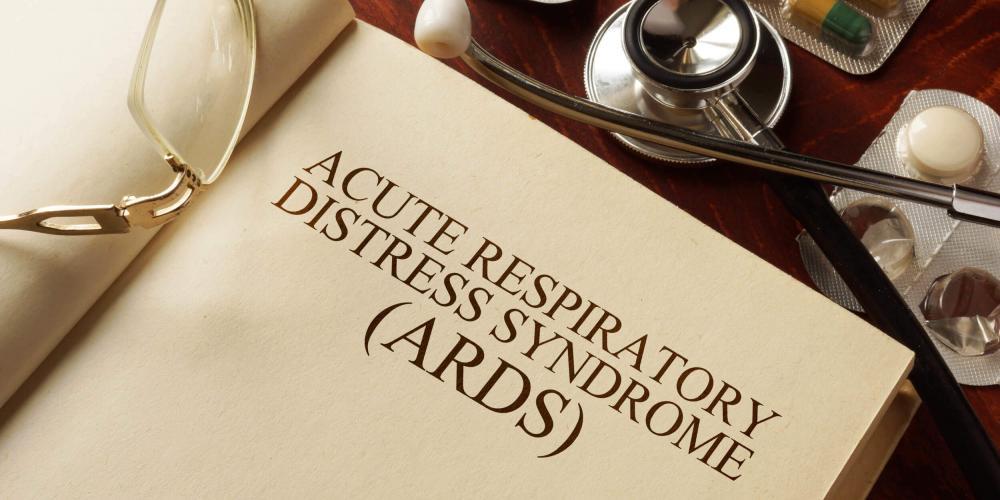
- 9780 (Registered)
Contact Hours Awarded: 4
Acute respiratory distress syndrome is a rapidly progressive and often fatal condition with a mortality of >50%. ARDS is encountered by nurses in all hospitals settings- from small rural hospitals to large urban centers. Patients may quickly become too unstable for transport, therefore it is imperative that nurses are familiar with ARDS therapies, including prone positioning. In this module we will discuss ARDS and the use of prone positioning in depth.
Course outline:
- What is ARDS, and Why Do We Care So Much?
- Pathophysiology Breakdown: The Exudative Phase
- Pathophysiology Breakdown: The Proliferative Phase
- Pathophysiology Breakdown: The Fibrotic Stage
- How Steroids Can Alter the Progression of ARDS
- Case Study: Patient Introduction
- Case Study: Physical Exam
- Diagnosing ARDS – The Berlin Criteria
- Case Study: Early Results
- What Do We Do With the Ventilator in ARDS?: ARDSNet Protocol
- Part I: Ventilator Setup and Management
- Part II: Weaning
- Case Study: Ventilator Management
- Prone Positioning: What Is It and Why Are We Doing It?
- When To Initiate Prone Positioning
- Prone Positioning: How Long and How It’s Done
- Proning: The Process of Placing a Patient in Prone Position
- Case Study: Proning
- Case Study: Resolution
- References (Bibliography)
Accreditation statement: Nursing CE Central is accredited as a provider of nursing continuing professional development by the American Nurses Credentialing Center’s Commission on Accreditation.
More course information
In this course we will discuss ARDS and the use of prone positioning. It will take the average learner 200 minutes to complete.
After completing this course, the learner will be able to:
- Understand the basic pathophysiology of ARDS and the diagnostic criteria.
- Identify cornerstone therapies for ARDS and how to implement them.
- Explain the role of prone positioning in ARDS, including the indications and contra-indications.
Target audience:
Registered Nurses (RN)
Advanced Practice Registered Nurses (APRN)
Requirement for completion:
1.) Enrollment in the course by the learner
2.) Read and learn all course materials
3.) Complete the course evaluation
4.) Attest and testify learning of the course materials
Course offering: # 4
Accreditations and approvals:
ANCC (Provider# P0614)
California BRN (Provider# 17418)
Kentucky Board of Nursing (Provider# 7-0090)
Course expiration date: March 1, 2022
Conflict of interest statement: Nursing CE Central nor any of the authors, planners, content experts or any contributors have a commercial interest nor were influenced by commercial interests in the creation of this course, financially or otherwise.
Course Content
Prone positioning in ARDS: How to do it right

